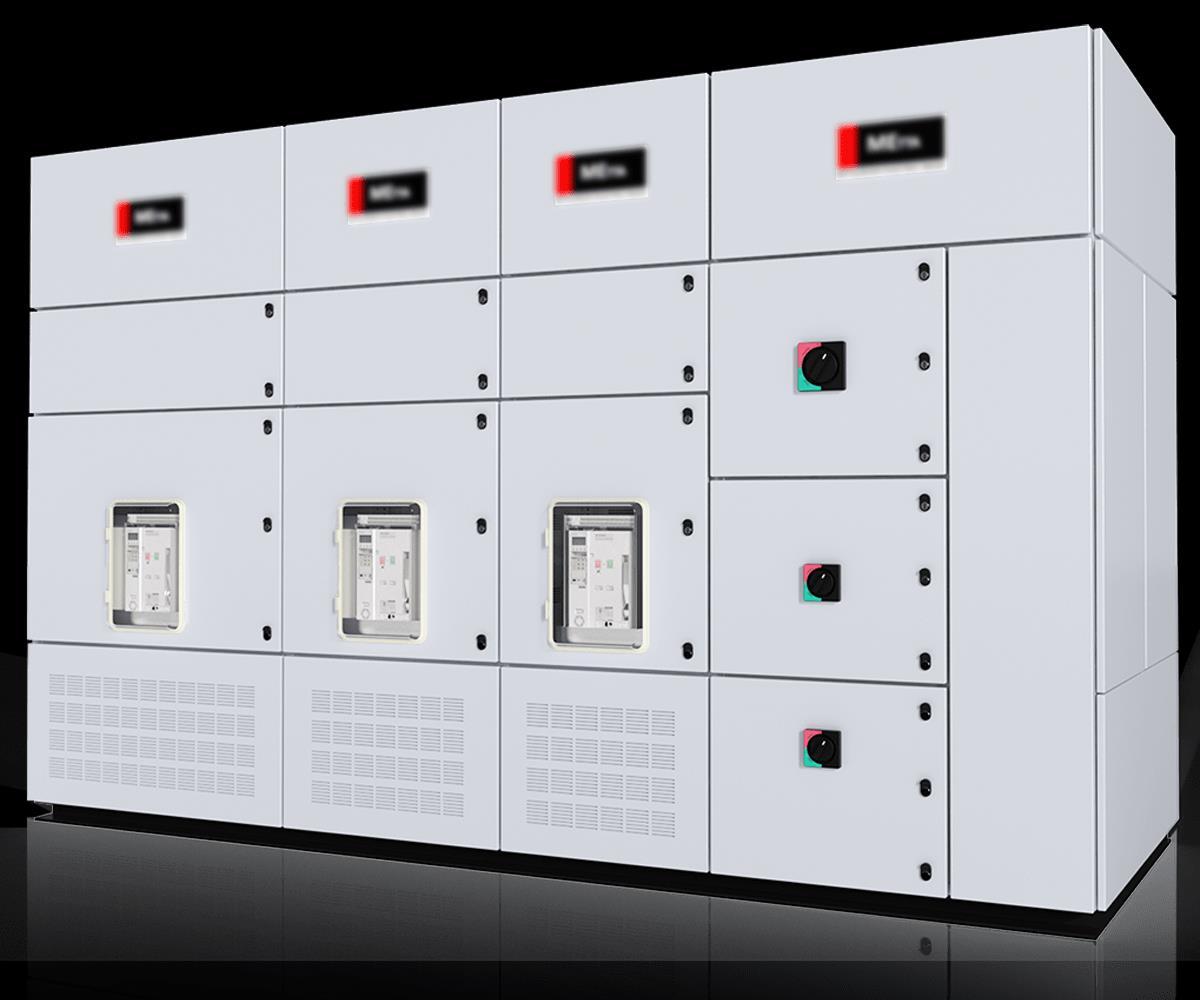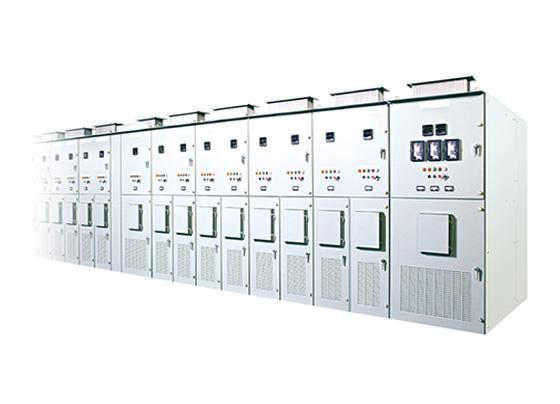What is a Switchgear?

Theterm"switchgear"describesabroadrangeofswitchingcomponentsthat all havethesamefunction: managing, securing, and isolating electrical systems. The definition of this phrase could be expanded to include circuit breakers and other similar devices, as well as machinery that controls and metres a power supply.
Switchgears are designed to safeguard equipment connected to a power source against electrical overload as circuits are designed to handle a certain amount of electricity and the wiring can overheat if that level of current surpasses by which critical electrical components may be harmed and can cause fires. What is a Low Voltage Switchgear?
Your electrical infrastructure is known to suffer greatly from power surges. A certain amount of power is what circuits are designed to handle, and if that level of current is exceeded, the wire may become too hot.
To control, secure, and isolate power systems, a variety of switching devices collectively referred to as switchgear are used. This definition could be expanded to include devices that control and measure a power supply, as well as circuit breakers and other similar technology.
Normally, there is at least one main Low Voltage (LV) switchboard, and this mains transformer would supply it. It is true that a 4MVA(Megavolt Amperes) transformer, with a maximum output of 6300A and the ability to resist current harmonics of 100kA, is the largest transformer that could be used to supply a 400V switchgear board.
However, multipletransformersand/ormain LVSwitchboardsmaybeemployedifrobustnessdemands multiple power streams. Power is transferred through some of these boards and, if necessary, via subboardsusingatechniquecalledsub-distribution.Electricityistransportedtoorasneartotheapplication location as possible using sub-boards.

Medium Voltage Switchgears
This section covers MV switchgears, or medium-voltage switchgears. There are many possible configurations for switchboards. This depends on the required fault tolerance, dependability, and adaptability.Thecharacteristicsfor aproducedmedium-voltage (MV)switchgear panelincludevoltage level, effective voltage, constant voltage tolerance voltage, or impulse voltage.
Thefunctionandinsulatingtechnique of MV switchgear determine its classification. A switchisa piece of equipment that, when used as intended, opens an electric circuit through a mechanical action, stopping the flow of energy without causing long-term damage to the device. A switch may be a disconnector/isolator or a circuit breaker.
A disconnector, also referred to as an isolator, is a tool that, when used normally, is intended to physically open an electric circuit. When there is an overcurrent or a failure, a circuit breaker (CB) opens the electrical circuit. Typically, a protective relay will trip and cause this to occur.
High Voltage Switchgears
Electrical circuits that isolate, control, and minimise exposure include high-voltage switchgear. A cluster of similar structures with the electrical components housed in metal enclosures make up a switchgear line-up or assembly.

A power system that deals with voltages more than 36 kV is high voltage switchgear. Due to the high voltage level, the arcing produced during switching operation is also very high. Therefore, greater care should be used while building high-voltage switchgear.
Sincethehighvoltagecircuit breaker (CB)isthemost crucial component oftheHVswitchgear,it needs to possess specific characteristics for reliable and safe operation. High-voltage circuit switching and breaking errors are extremely rare. These circuit breakers can be utilised after a considerable amount of time and are frequently left in the ON state.
CBs must therefore be trustworthy enough to guarantee safe functioning when necessary. High-voltage circuit breaker technology has advanced significantly during the past 15 years. Minimum oil circuit breakers (MOCB), air blast circuit breakers, and SF6 circuit breakers are frequently used for high voltage switchgear.
Use of Low and Medium Voltage Switchgears
Switchgears have a wide range of uses, including the following: Industrial power distribution in plants and facilities must prevent overloading and surges. The switchgear helps to organise and distribute power to the machines in the industrial unit.
In solar energy systems, surge control voltage regulation is necessary because it regulates the flow of electricity from the main unit. Energy plants: Major and minor power transmission units that have a range of electrical connections that need to be protected. Residential power distribution - Steel and metal-clad switchgear can be found in housing projects and other places.
In general, electricity is a requirement of life. As a result, the delivery of electricity needs to be secure and private. At various distribution units and substations, the installation of safety equipment and equipment can help to maintain security levels. Although there are other ways to help safeguard electrical connections in commercial and residential settings, switchgear is preferred because of its features and functions.
That's all there is to say about a switchgear. This is a crucial part of contemporary power systems because it protects electronics from short circuits and overcharging. The two fundamental types are HV (high voltage) and LV (low voltage) (low voltage). Electrical devices that require less than 1,000 volts AC are powered by LV type, whereas those that require more than 1,000 volts AC are powered by HV type. You can check out Mitsubishi Electric India’s diverse portfolio of switchgears and choose one that fits your needs the best.
